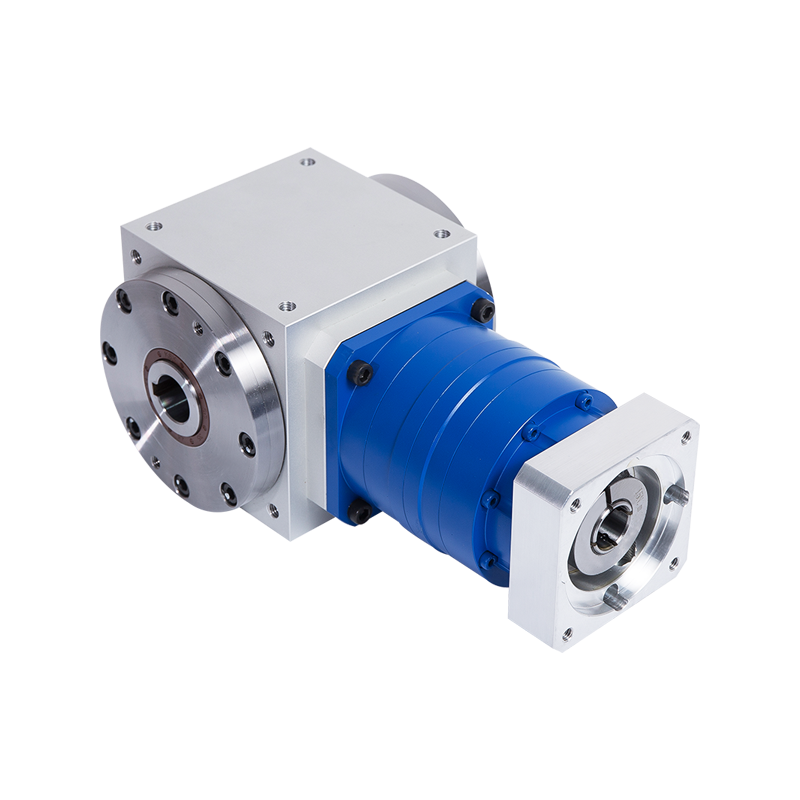Servo Motor MKT Precision Planetary Reducer
Cat:MK series planetary reducer
Meet the needs of customers with high precision requirements for semiconductor devices, automation equipment, machine tools, etc.Applicable to: Door d...
See DetailsIn modern mechanical and industrial applications, gear reducers play a critical role in managing torque, speed, and overall system efficiency. Among the various types available, two of the most common are planetary reducers and standard gear reducers. Although both serve the fundamental purpose of reducing speed while increasing torque, their design principles, operational characteristics, and ideal applications differ significantly.
Before delving into the distinctions, it is important to understand the concept of gear reduction. A gear reducer is a mechanical device designed to reduce the input speed from a motor or engine while proportionally increasing the output torque. This allows machines to operate efficiently at the desired speed without overloading the motor.
The effectiveness of a gear reducer depends on factors such as gear arrangement, materials, lubrication, and precision. Two popular types of gear reducers—planetary reducers and standard gear reducers—achieve this goal in different ways.
A planetary reducer is named after its unique arrangement of gears, which resembles a solar system. The main components include:
This configuration allows for multiple contact points between the gears, distributing the load more evenly and enabling compact, high-torque designs.
A standard gear reducer typically uses a simpler arrangement, such as:
Standard gear reducers often feature a single-stage or multi-stage gear train in a linear arrangement. The gears transmit power in series from the input shaft to the output shaft.

Planetary reducers are often more expensive upfront due to their complex design and precision manufacturing. However, their high torque density, compactness, and long lifespan can make them more cost-effective in the long run, especially for demanding applications. Standard gear reducers tend to be more economical for low-to-moderate torque applications with less stringent space or precision requirements.
| Feature | Planetary Reducer | Standard Gear Reducer |
| Gear Arrangement | Sun, planet, and ring gears | Spur, helical, bevel, or worm gears |
| Torque Capacity | High | Moderate to high |
| Efficiency | High (≈95%) | Moderate (50–95%) |
| Size | Compact | Larger for same torque |
| Backlash | Low | Moderate to high |
| Applications | Robotics, CNC, EVs, conveyors | Pumps, fans, general machinery |
| Cost | Higher upfront | Lower upfront |
| Maintenance | Requires careful lubrication | Simpler, easier to maintain |
The choice between a planetary reducer and a standard gear reducer depends on several factors:
By carefully evaluating these factors, engineers can select the gear reducer that optimally balances performance, cost, and lifespan for their specific application.
While planetary reducers and standard gear reducers share the common purpose of reducing speed and increasing torque, they differ significantly in design, performance, and application. Planetary reducers offer compactness, high torque density, and low backlash, making them suitable for precision and space-sensitive applications. Standard gear reducers, with their simpler and more economical design, remain valuable in general industrial machinery where extreme precision and compact size are not critical.
Understanding these differences helps ensure that the correct type of reducer is chosen, improving efficiency, reliability, and cost-effectiveness in mechanical systems.